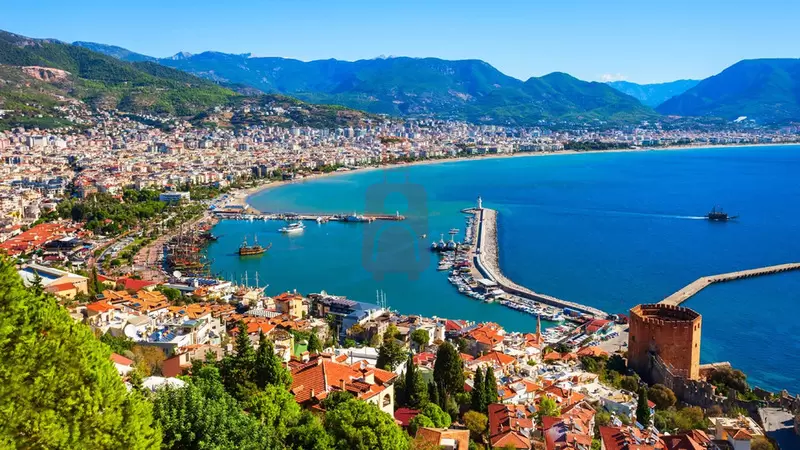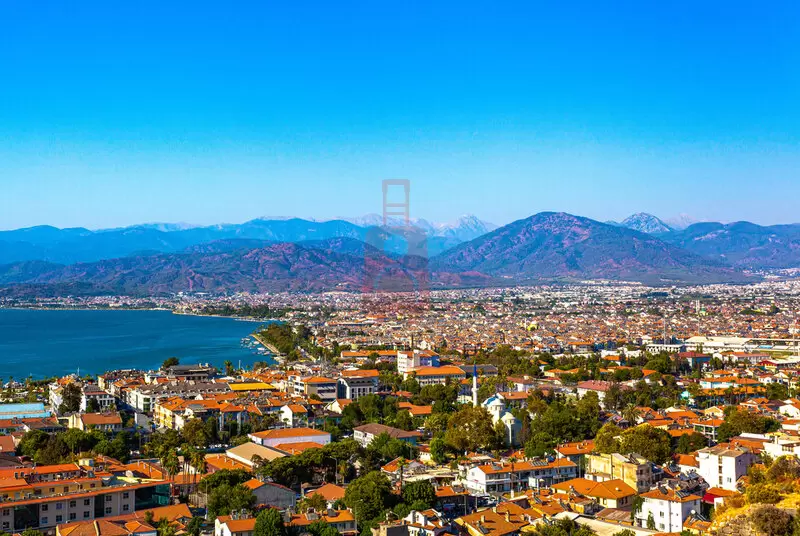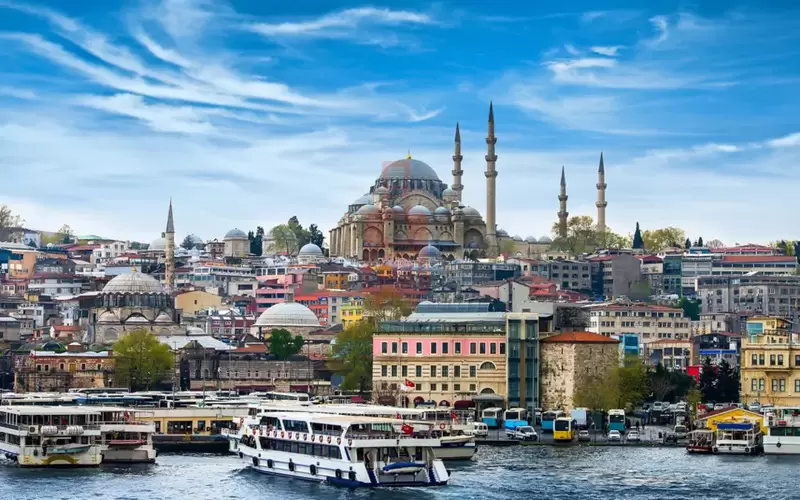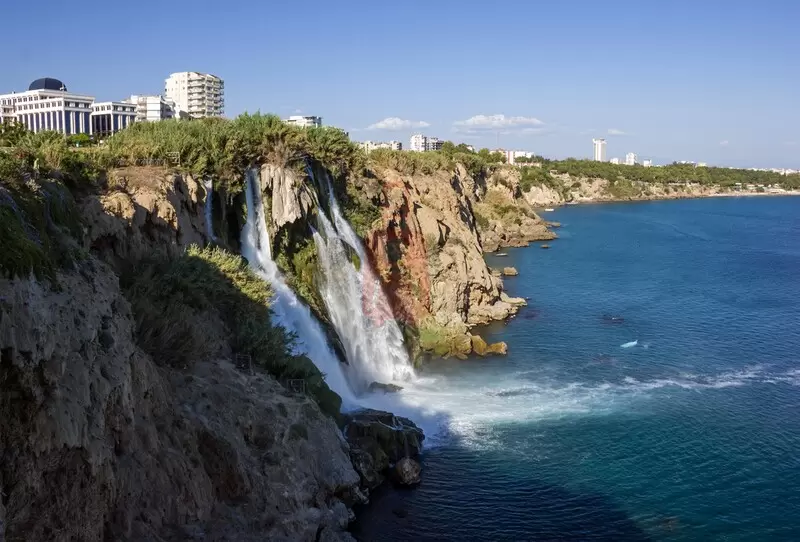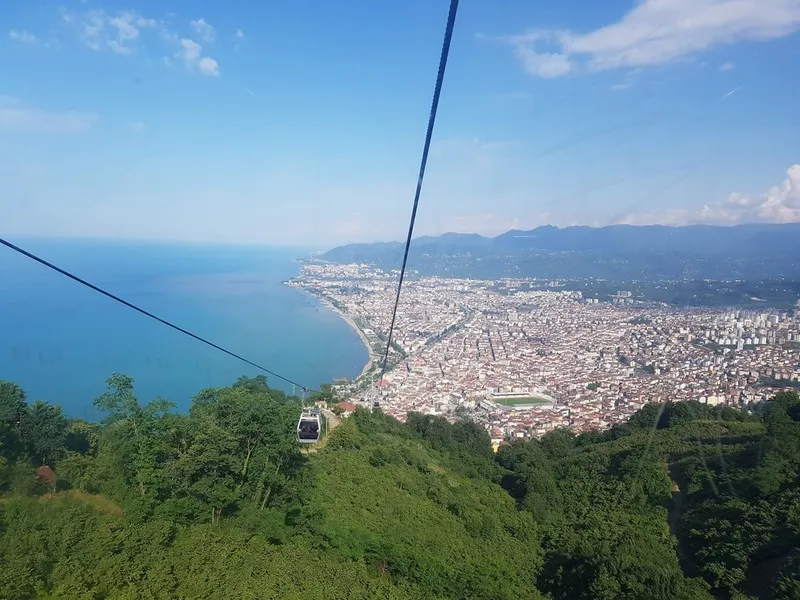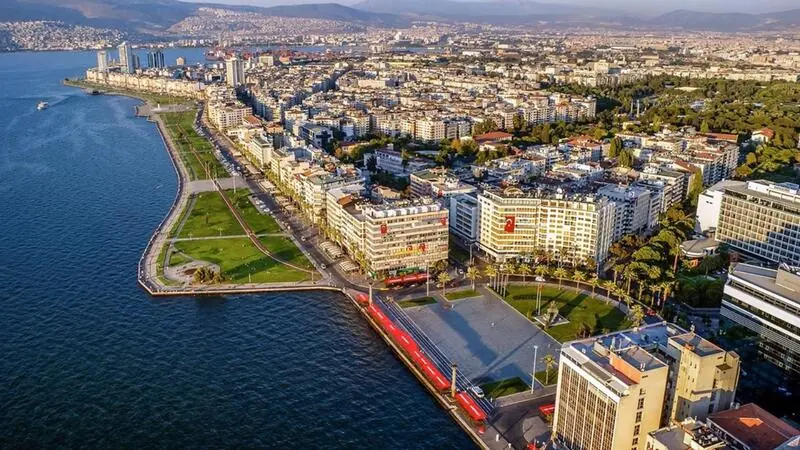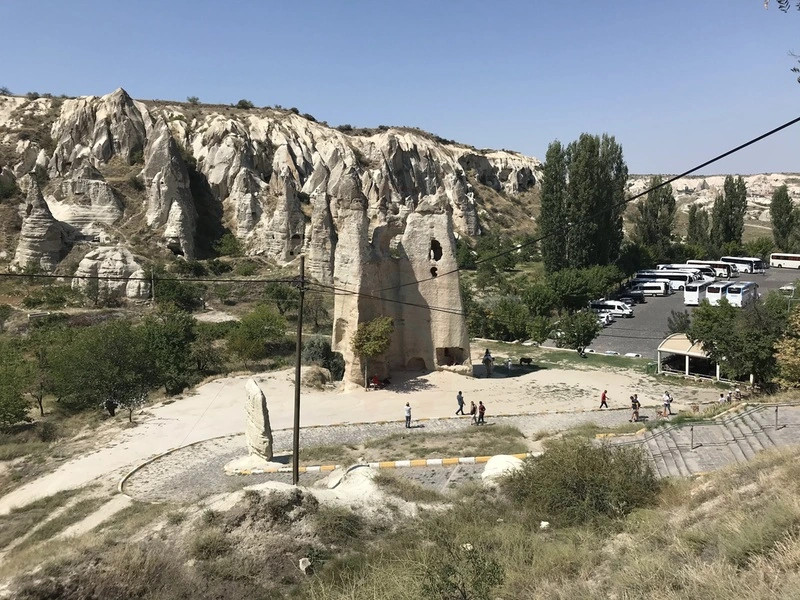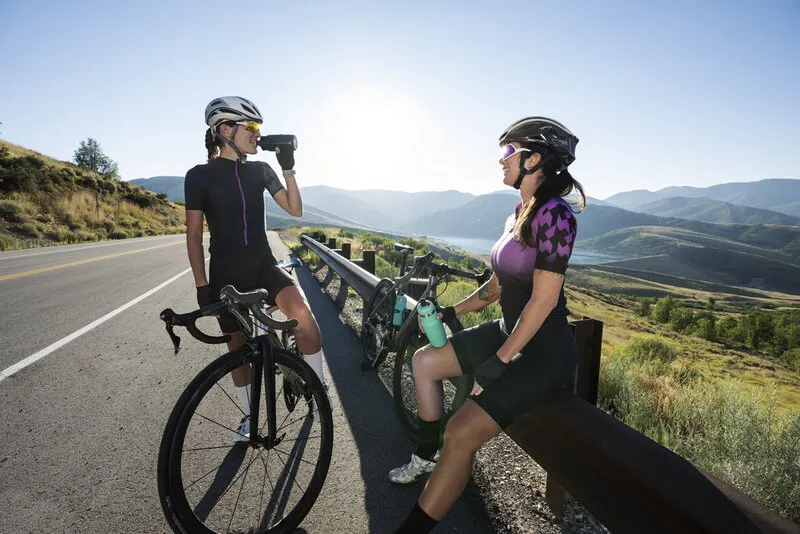
Cycling Tours in Türkiye: Pedaling Through History and Coastal Grandeur
Türkiye offers an increasingly popular and sophisticated network of [Cycling Tours] that cater to every level of rider, from leisurely urban explorers to hardened mountain bikers. The country’s diverse geography—including rugged mountain ranges, coastal highways, ancient caravan routes, and protected forest tracks—provides unparalleled variety. Cycling here is not just a sport; it is an intimate, self-propelled way to engage with the stunning natural beauty and rich cultural heritage of Anatolia.
As your professional guide, I confirm that successful cycling requires choosing the right terrain (mountain bike vs. road bike) and, crucially, selecting the ideal season. This guide details the most iconic multi-day and short-distance cycling routes, highlighting the technical challenges and historical rewards of each region.
I. The Coastal and Historical Challenge (South and West)
These routes are ideal for riders seeking dramatic sea views, ancient ruins, and challenging climbs, often leveraging the infrastructure created by professional cycling races.
The Tour of Türkiye Route (Aegean-Mediterranean)
Following the route of the prestigious [Presidential Cycling Tour of Türkiye] (TUR), riders can tackle world-class sections of the Turkish Riviera, often best suited for [Road Bikes] (or touring bikes).
- The Lycian Coastal Challenge: The segment from [Kemer] to [Kalkan] and [Fethiye] offers spectacular views but features challenging ascents and descents along the D400 highway. The [Fethiye] to [Marmaris] stage continues this scenic coastal challenge.
- The Queen Stage (Kıran): The stage from [Marmaris] to [Akyaka] (Kıran) is often designated as the toughest (Kraliçe Etap), involving steep mountain climbs rewarded by breathtaking views of the [Gökova Gulf].
- Historical Finish Lines: The route features stunning historical stops, such as passing the [Ancient City of Ephesus] and finishing stages in iconic spots like [Çeşme] (Ilıca Beach).
The Lycian Way (Mountain Biking)
While primarily a trekking route, sections of the [Lycian Way] are navigable by [Mountain Bike (MTB)] and offer rugged adventure.
- Terrain: This route involves significant [Single-Track Paths], pine forests, and rocky, demanding terrain, requiring high technical skill and robust MTB equipment.
- Key Stops: Riders can combine challenging segments with visits to ancient Lycian cities like [Olympos], [Phellos], and [Simena], often camping or staying in simple guesthouses along the route.
- Route: A popular multi-day journey starts near [Fethiye] and proceeds toward [Kumluca] (Antalya), covering over 250 km of varied terrain.
II. Central and Northern Türkiye: Nature, History, and Tranquility
The inland routes offer different challenges, focusing on high-altitude forests, historical trails, and unique geological landscapes.
Kapadokya: Valley Riding and Views
[Kapadokya] is a unique cycling destination, with numerous trails carved through the tuff valleys.
- Terrain: The routes are predominantly [dirt roads and single-track] within the valleys (e.g., [Göreme], [Uçhisar], [Rose Valley]), best suited for MTBs.
- Short Loops: The region is known for excellent short loops (15–40 km) that link the main villages ([Ürgüp], [Ortahisar], [Avanos]), allowing riders to see the [Fairy Chimneys] up close, often passing vineyards and ancient [Cave Churches].
- Long Routes: More ambitious riders can venture out to deeper, longer routes connecting to the [Derinkuyu Underground City] and the [Ihlara Valley].
The Forested North: Yenice and Karadeniz
These routes are ideal for nature lovers seeking cooler climates and challenging off-road trails.
- Yenice Ormanları (Yenice Forests): Located in [Karabük], this is one of Türkiye's largest block forests and offers a fantastic network of [seven dedicated cycling routes]. The terrain is mainly forest service roads, perfect for low-traffic, multi-day MTB trips with ample [camping] spots.
- Artvin–Trabzon Coastal Route: This 230 km route is suitable for [Road or Touring Bikes] and follows the dramatic Black Sea coast, passing through tea plantations and green hills ([Rize]). It's a scenic but challenging journey due to unpredictable weather and mountain ascents.
III. Logistical Planning for Cyclists
Successful cycling in Türkiye requires attention to gear, timing, and local rules.
- Best Time to Cycle: The [Shoulder Seasons] (April–May and September–October) are mandatory for long-distance cycling. Summer heat (July–August) makes riding the coastal or Central Anatolian routes extremely difficult and potentially dangerous.
- Bike Requirements: [Mountain Bikes (MTB)] are recommended for Kapadokya, the Lycian Way, and the [Frig Vadisi] (Phrygian Valley). [Road Bikes] are suitable for the main coastal highways and the [Tour of Türkiye] route sections.
- Rental and Support: Bike rental is widely available in major hubs ([Istanbul], [Izmir], [Fethiye], [Göreme]). Specialized cycling tour operators offer [Luggage Transfer] services and support vehicles, essential for multi-day tours along challenging routes like the [Hitit Yolu].
- Urban Riding: Cities like [Istanbul] offer lengthy, flat [Sahil Yolu] (coastal paths) (e.g., Caddebostan to Pendik) and challenging forest routes ([Belgrad Ormanı]), providing easy access to exercise near major centers. [Büyükada] is ideal for leisure cycling, as motorized traffic is banned.
A [Cycling Tour] in Türkiye offers the freedom of the pedal, transforming travel into a physical, intimate journey across continents and centuries.
